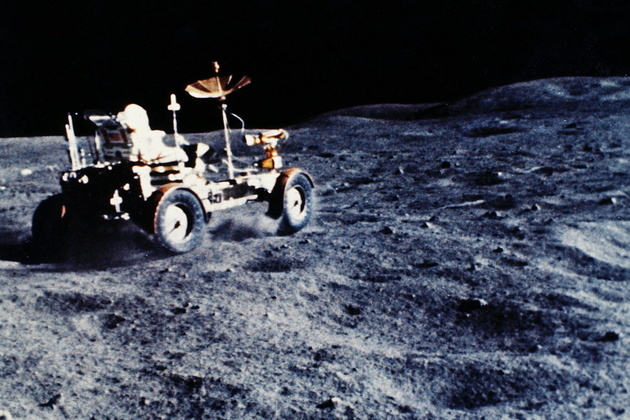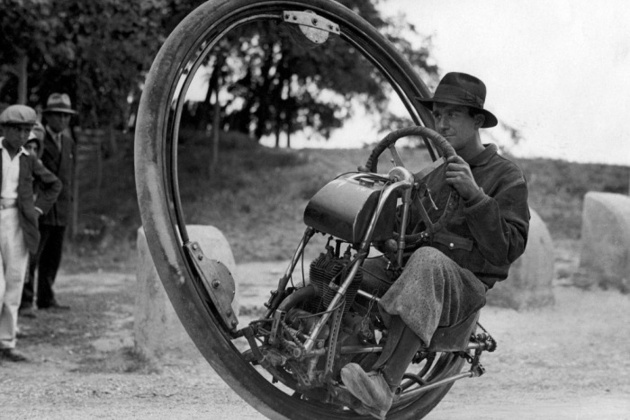![]()
It always sounded like a hoax, didn't it? Silk Road: an Internet website where you can buy any drug in the world? Yeah, right. But it's real. It was almost two years ago that we first heard about the site, which hosts everything from Adderall to Ketamine, LSD to MDMA and tons and tons of weed. After it started to pick up a ton of press and exposure, we all thought that certainly the Silk Road would get shut down. It's super illegal to sell drugs or even to help people sell drugs. But it didn't. Silk Road survives to this day. However, with the arrival this week of the first conviction of a Silk Road-related crime, you have to wonder if Silk Road's days might be numbered after all.
The trouble is brewing in Australia, where a guy named Paul Leslie Howard is facing as many as five years in prison for selling drugs on Silk Road. We're not talking millions of dollars worth of drugs, but we are talking about thousands of dollars worth. And just as Silk Road natives had feared, Howard was one of those Silk Road n00bs who read a newspaper article about the site and decided to try it out for himself.
Despite the many layers of anonymity and firewalls involved in the Silk Road experience — encrypted transfers of the anonymous currency Bitcoin, for instance — Howard got caught last summer from the simplest mistake. He had a shitload of drugs sent to his house. Though it's unclear what tipped them off — drug dogs? snitches? some sophisticated cyber crime task force? — police intercepted a number of packages bound for Howard's home, opened them up, and ended up finding a total of 46.9 grams of pure MDMA and 14.5 grams of cocaine.
This is when Howard's burgeoning stimulant business took a turn for the worse. Australian federal police stormed Howard's house on July 12 of last year and found a bunch of the stuff one finds in the home of a drug dealer: scales, baggies, a money counter, $2,300 in cash, and 35 stun guns disguised as mobile phones. (By the way, you've gotta be a pretty paranoid drug dealer if you keep 35 stun guns at your side.) They also found real mobile phones with thousands of incriminating text messages like "I got 5 grand worth if you want" and " ... promote the LSD I got more in. I sold 200 cubes last week."
So it seems that Howard got a little bit ambitious and started selling drugs outside of Silk Road as well. He was pretty dumb about that, too, since anybody who knows anything about dealing drugs knows that you're not supposed to leave a paper (or pixel) trail. In the end, Howard pleaded guilty to 32 counts of possessing a controlled weapon, importing a marketable quantity of a border-controlled drug and trafficking controlled drugs.
Like I said before, this is the first conviction of a Silk Road-related crime — or in Howard's case, 35 Silk Road-related crimes. You can't help but wonder if this is the beginning of the end. The investigation that brought down Howard is not, after all, an isolated incident. Australian police officials pounded their chests after Howard's arrest last year, promising Silk Road users that they "will not always remain anonymous and when caught, they will be prosecuted."
Meanwhile, in the United States, the government's been going after Silk Road at least since that Gawker story came out and Sen. Chuck Schumer asked the Drug Enforcement Administration (DEA) to investigate. It was revealed around the time that Howard was arrested in Australia that the DEA were indeed pursuing Silk Road users. And why wouldn't they when anybody with an Internet connection and pocket of cash can log on to the site and find listings like this:
![]()
Whether it was a coincidence or not, the DEA started speaking publicly about their Silk Road investigation only after they'd made a series of arrests related to a similar website called the Farmer's Market. This was a decent-sized bust that led to at least eight suspects being arrested around the world and implicated in the sale of ecstasy, LSD, marijuana, and other drugs to some 3,000 customers in 34 countries. Six of them were in the U.S., and they were all charged with drug trafficking and money laundering, presumably due to the layers of online payments.
In addition to process orders through HushMail, a secure but not completely secure email service, the Farmer's Market dealers accepted payments via Western Union, PayPal, iGolder, Pecunix, and cash. Like Howard, one small misstep exposed the dealers' identities and gave police enough evidence to arrest them.
I'm going to go out on a limb here and say that dealing drugs anonymously over the Internet is not idiot-proof. (Buying drugs from a site like Silk Road, however, might be — more on that in a sec.) In the Farmer's Market and Howard's cases, veering off the path paved by Silk Road mastermind Dread Pirate Roberts spelled doom for the drug dealers. Howard got a little greedy and let his anonymous virtual transactions spill over into the very non-anonymous real world. Shipping the drugs from his suppliers to his home full of dealer paraphernalia also wasn't the smartest idea.
The Farmer's Market kids did a little better. They kept their little business running for about three years, netting an estimated $1 million in revenue and it might've earned more if the owners were running the business over email. At some point in time, the cops must've gotten a tip, and based on the evidence in the indictment, they got Hushmail to handover a bunch of messages.
There have been other arrests, and those culprits' mistakes are similar. So now we know that the police are listening to the correspondence between dealers and watching the money, just like they do in the mobster movies. We also know that, just like in real life, they're less concerned with the average Joe Schmo drug buyer than they are with the major dealers. In the time that people were starting to get arrested, a number of people in the Silk Road forums have pointed out that some of the top sellers were disappearing at an alarming rate, prompting threads of conspiracy theories and a fair share of paranoia. Was this the beginning of the end, the dawn of apocalypse?
But Silk Road is alive and well. I logged on today to check and found, to borrow the words of the Australian judge who convicted Howard, a smorgasbord of drugs — over 7,000 separate items to be specific. The regular roster of street drugs was all there: cocaine, ecstasy, heroin, ketamine, LSD, MDA, marijuana, meth, psychedelic mushrooms, and something called moonrock, to name a few. If you're more into the prescription variety, you can find everything from Atavan to Viagra on the site.
Don't like drugs? How about a forged passport, or some hardcore porn, or some home and garden equipment? You see, Silk Road was not designed to be an illicit drug market. The site's anonymous nature, however, makes it a perfect candidate. And as long as you follow the standard protocol, you should be okay. You can even add in a couple extra layers of encryption if you're really paranoid.
![]() From here on out, though, we enter a new stretch of ground for Silk Road, and it's a rocky one. Part of the reason the site has been able to survive and keep its security features up to date is that it's making money–a lot of money. Much like eBay, Silk Road takes a commission on each transaction, in this case 6.23 percent. Last August, Carnegie Mellon computer security professor Nicolas Christin published an academic analysis of Silk Road's business and found that the site's owners were bringing in $6,000 in commission every day. That's on an estimated $22 million in annual sales. It's no eBay, but that's a lot of cheese.
From here on out, though, we enter a new stretch of ground for Silk Road, and it's a rocky one. Part of the reason the site has been able to survive and keep its security features up to date is that it's making money–a lot of money. Much like eBay, Silk Road takes a commission on each transaction, in this case 6.23 percent. Last August, Carnegie Mellon computer security professor Nicolas Christin published an academic analysis of Silk Road's business and found that the site's owners were bringing in $6,000 in commission every day. That's on an estimated $22 million in annual sales. It's no eBay, but that's a lot of cheese.
The site just keeps growing, too. Christin explains that the vast majority of transactions result in positive feedback for sellers, boosting confidence in the system over all. "If you imagine them selling paperclips and buttons, they’re a stable business that’s growing without advertising or being in the news, just by word of mouth," wrote Christin in his paper. "That was the surprising thing: How normal the whole thing seems."
Well, this is a great time for things to come tumbling down. More people using the site means more people potentially making mistakes along the way and tipping off the Feds. So enjoy it while you can, folks. And enjoy it wisely.

















































 From here on out, though, we enter a new stretch of ground for Silk Road, and it's a rocky one. Part of the reason the site has been able to survive and keep its security features up to date is that it's making money–a lot of money. Much like eBay, Silk Road takes a commission on each transaction, in this case 6.23 percent. Last August, Carnegie Mellon computer security professor Nicolas Christin
From here on out, though, we enter a new stretch of ground for Silk Road, and it's a rocky one. Part of the reason the site has been able to survive and keep its security features up to date is that it's making money–a lot of money. Much like eBay, Silk Road takes a commission on each transaction, in this case 6.23 percent. Last August, Carnegie Mellon computer security professor Nicolas Christin 









